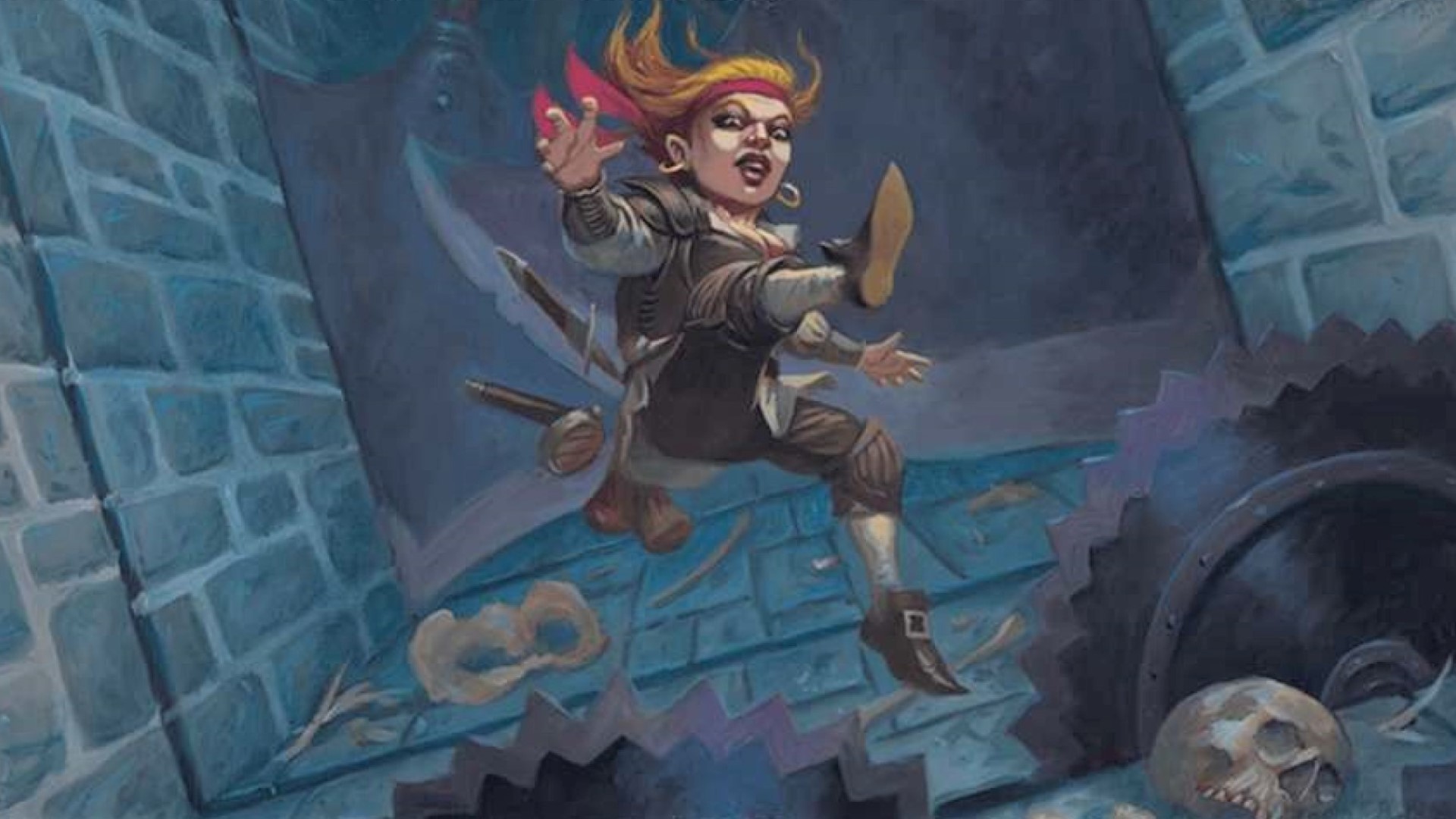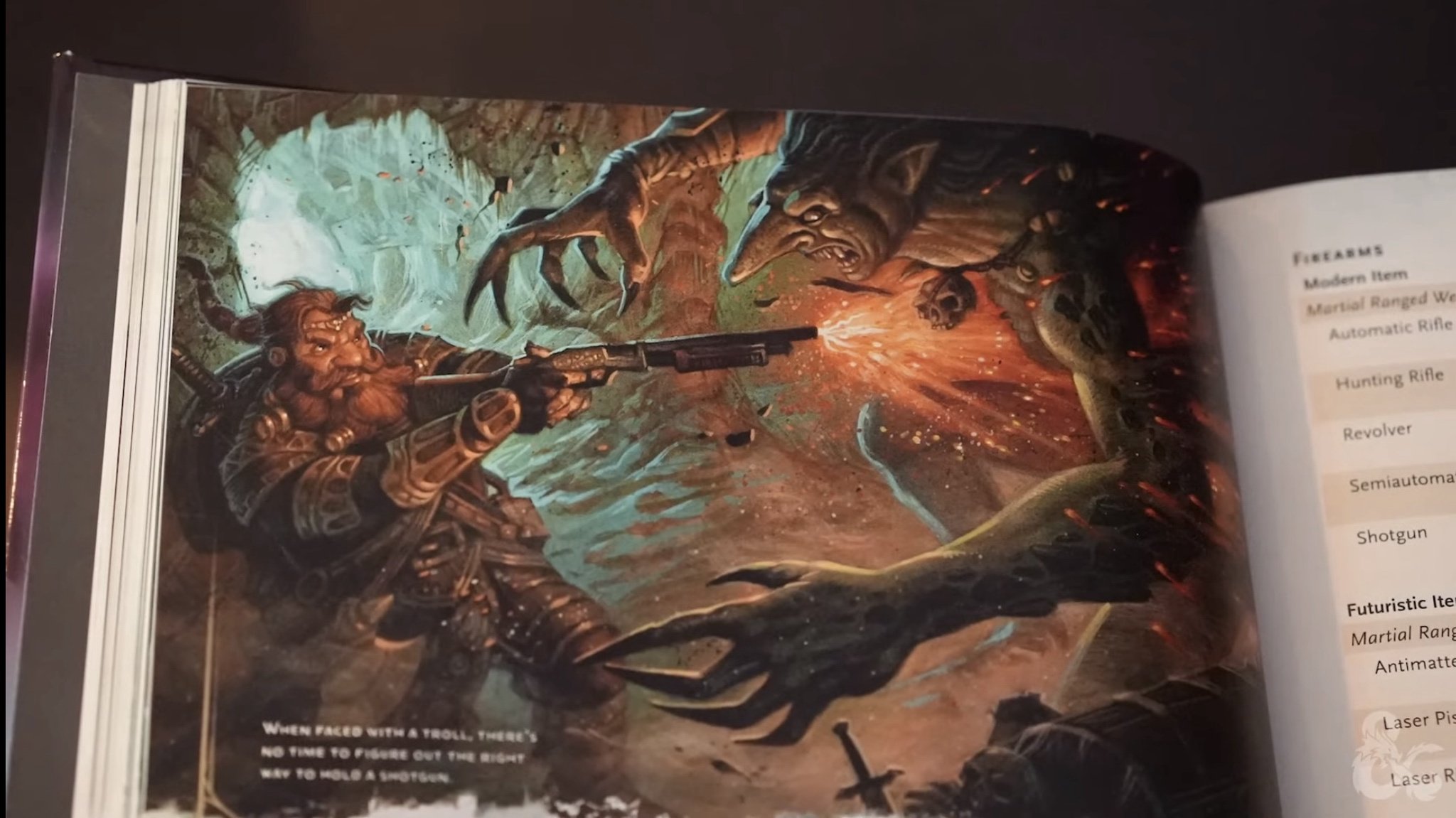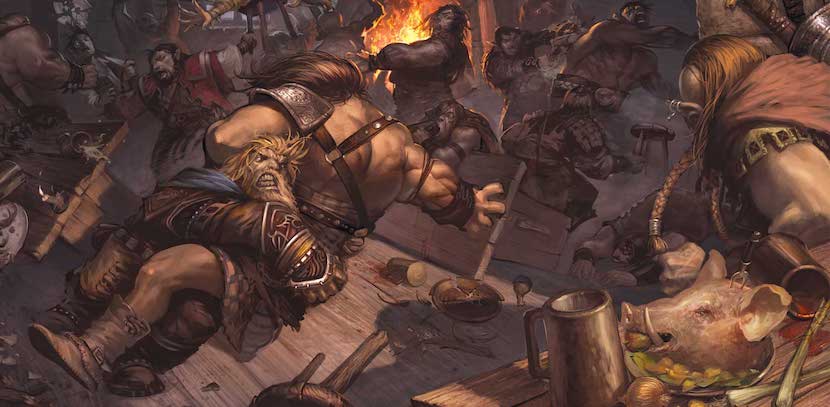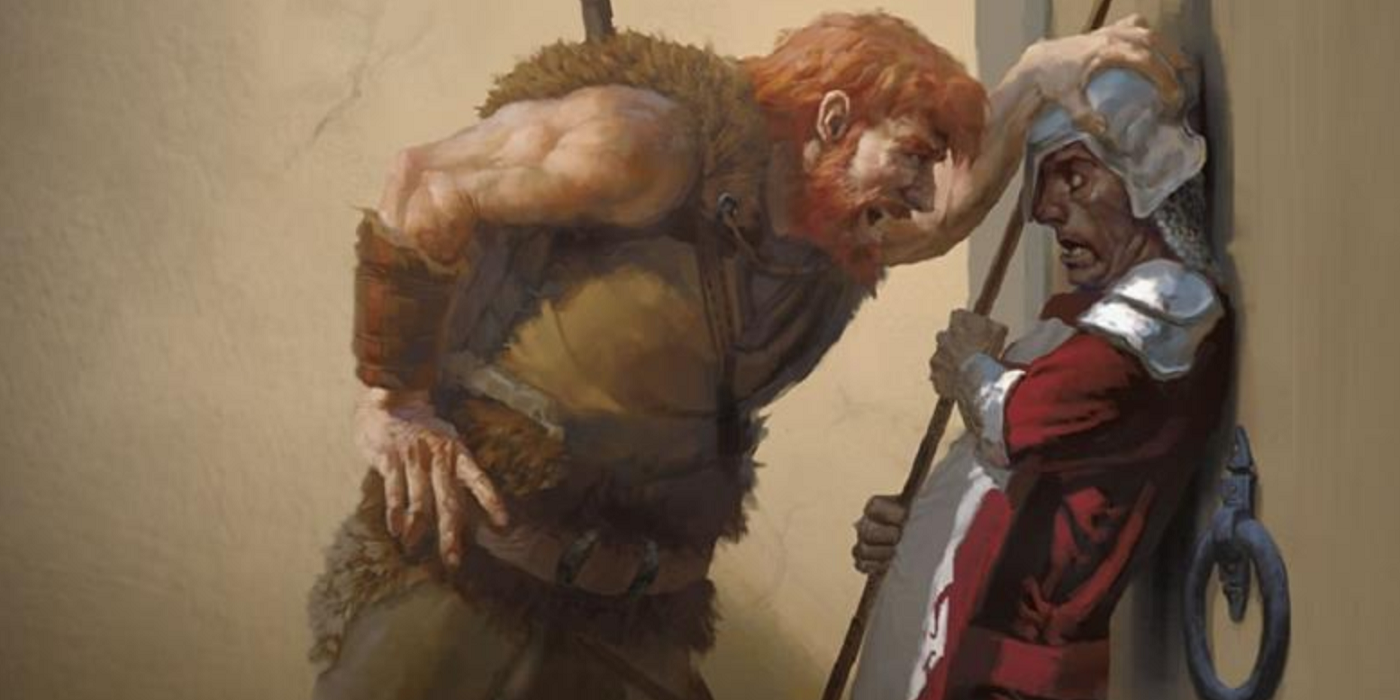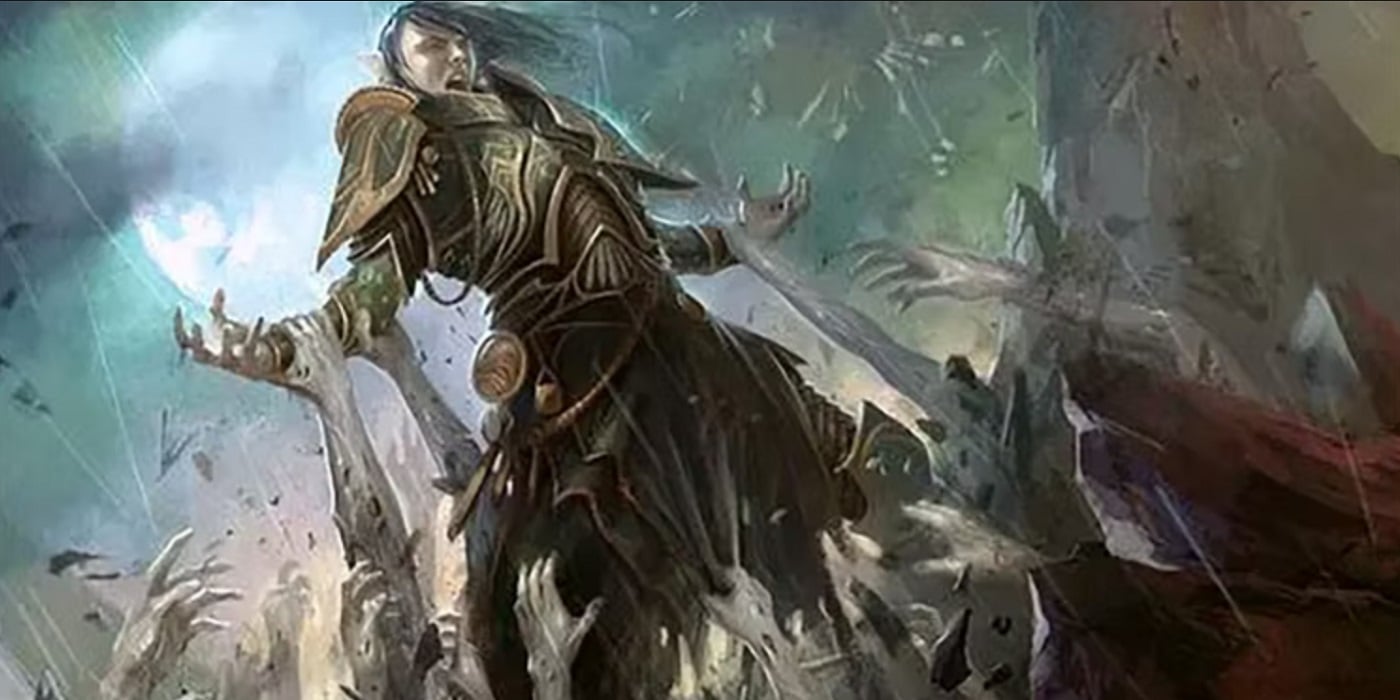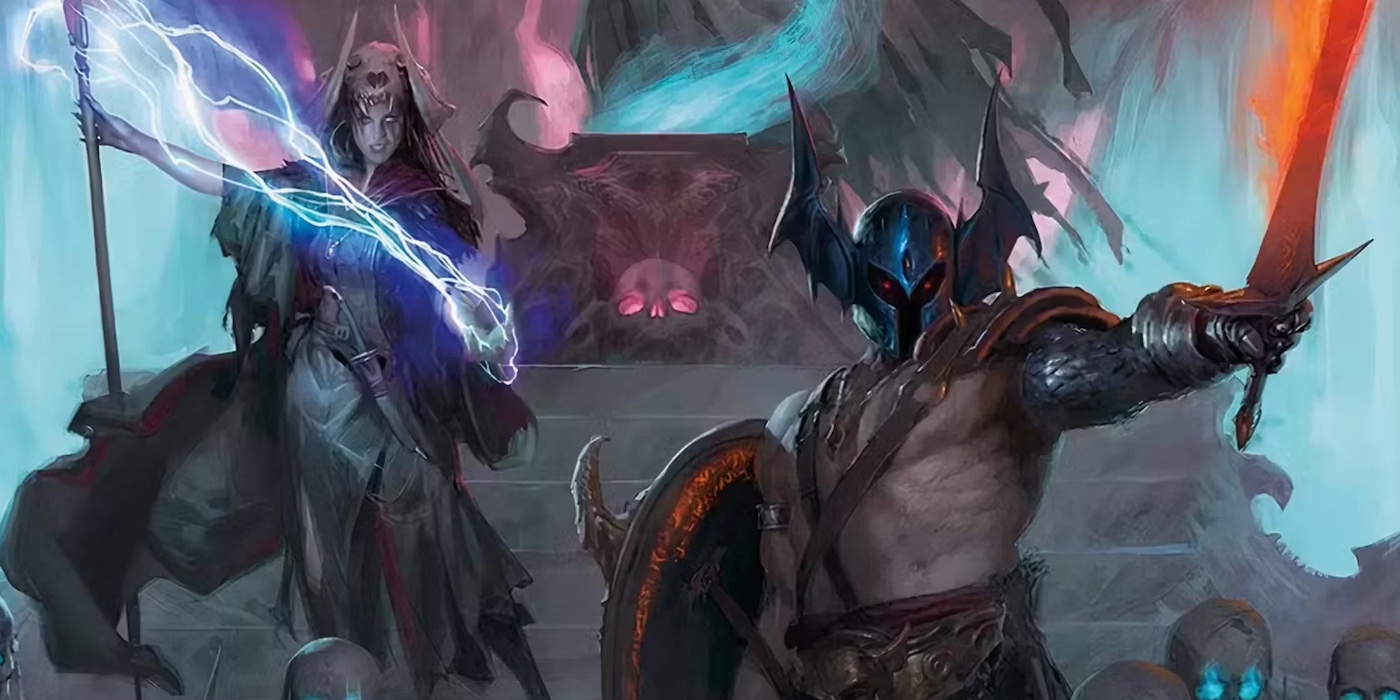D&D: Talk About ‘Win Conditions’ These Five Conditions are Potent

Want to debilitate your enemies but they have too many hit points to take out in a single round? Try a Condition instead!
In the new ruleset, Conditions do a lot of D&D’s heavy lifting. Everything from frightened enemies, to ones turning to stone, to even just getting “poisoned” (whether by actual poison or… uh… “other substances“). And when you just can’t kill your enemies fast enough, Conditions can be a potent tool in any character’s toolbox. Here are five Conditions that’ll turn the tide in just about any fight where you can get ’em going.
Prone
An old favorite, and it’s just as good in 5.5E as it was in 5E. Knock someone down, and it takes them half their movement speed to stand back up, or they can crawl, in which every foot of movement costs two. So it’s spend half of their movement speed either way. On top of that, any attacks they make are at disadvantage, and anyone next to them has advantage to hit—though any attacks will be at disadvantage if they’re further away than five feet.
For added fun, if your speed is reduced to 0 while you’re prone, you can’t stand up. So with a good restraining spell or grappler, this is the gift that keeps on giving, it can lock an enemy down for the duration of a fight.
Stunned
The Stunned condition is a rarer one. You have to work a little harder to make it happen. The most obvious way is via a Monk’s Stunning Fist, but certain spells, like Divine Word, Staggering Smite, and Symbol can inflict this condition as well. Like I said, you have to work on it. But it can be worth it. Stunned means your target automatically fails Dex and Strength saves. Which is very nice if you have some fireballs or whatever.
But on top of that, your target is Incapacitated (which has a lot of other effects, but the big one is they can’t take any Action, Bonus Action, or Reaction), and you get advantage on all attacks against them. As far as Conditions go, this one is pretty brutal.
Grappled
This is a big enabler of many shenanigans. The Grappled Condition does a lot in D&D 5.5E. For one, it reduces targets’ speed to 0, which couples well with Prone. You grapple someone and leave them on the ground. Along with that, the target has disadvantage on all their attacks. But what really makes it sizzle is the ‘Movable’ entry, which says that you can be dragged or carried along with it (no size limit, either).
On its own, it’s not much to write home about. But when you take that in context with the new rules for many ongoing area of effect spells—many of them now work the first time a creature enters the area on a turn as well as at the start of a creature’s turn. Which means you can drag a creature into a harmful area of effect, or say, across a Spike Growth spell and really start racking up the damage.
Frightened
This condition is more about locking an enemy down, at least for a little bit. Frightened won’t work on every enemy, but for those it affects, targets are at disadvantage on attack rolls and skill checks (including checks made to escape, say, a grapple) while the source of the fear is visible. But in addition to hampering a creature’s combat efficiency, it also restricts mobility. Frightened targets can’t willingly move closer to the source of their fear.
Paralyzed
And then we have the real nasty one. Paralyzed lets you take an enemy out. This condition not only prevents an enemy from taking actions, it also gives them the effects of Stunned—attackers have advantage on attacks, Dex and Strength saves auto fail, but on top of that, the target’s speed becomes 0 so it can’t even move (which it can do if stunned or incapacitated), and then anyone attacking from within 5 feet of the target automatically scores a critical hit if they hit with an attack.
This condition makes characters who do heaps of dice, like Rogues and Paladins, absolute menaces in combat.
And then of course, there’s still plenty of other conditions – but these ones make a ton of difference!

